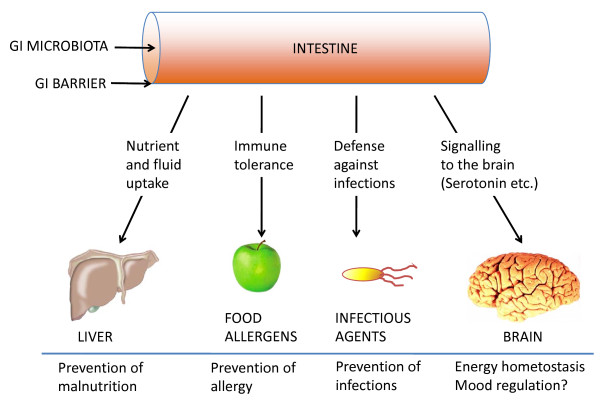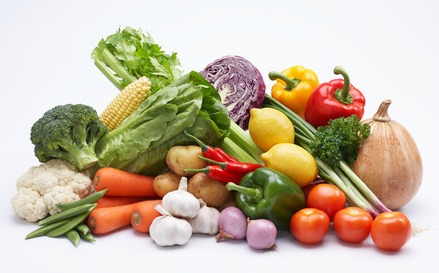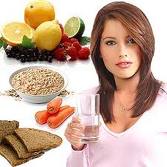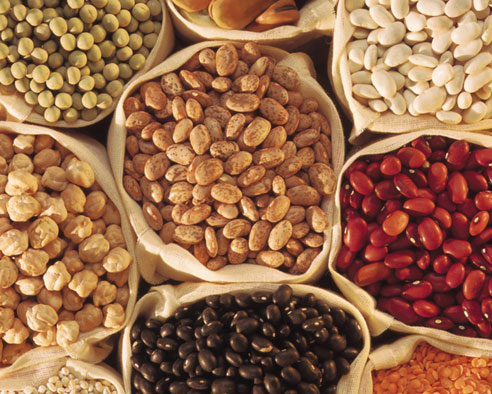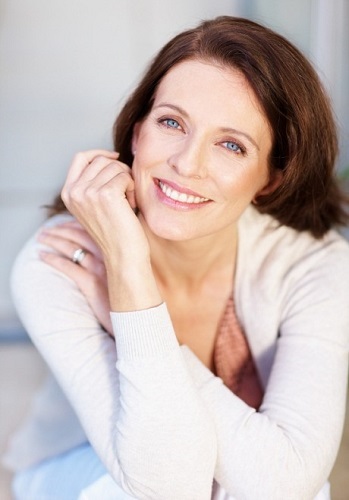What separates those who last from those who burn out?
The answer is focus on sustainable not chasing every new diet.
This message isn’t for who’ve mastered belly fat vs bloating…

Finally! I Melted Belly Fat, Took Back My Confidence and Became Me Again.
No matter your experience, even if you know nothing about this…
After all the hype and disappointment with other dieting programs.
Skeptical? Good, I’d be worried if you weren’t…
There are reasons, fear of failure, criticism or unknown…
Do not worry about what the critics say and their arguments.
Make it your joy to wow them and be creative in the use of this.
Here’s why melting belly fat matters more than you might think…
Remember the feeling of dread you get every time you need to diet?
The pit in your stomach, you know you shouldn’t worry, but you can’t.
Listen, the biggest problem is often the lack of action.
Let’s do some prep work before going into full explanation…
Because when I talk about belly fat, bloat and weight loss.
I don’t want to overwhelm or fill your head with thoughts and ideas.
And point to other people’s stories or even what I did personally.
Really, that means the focus and message is of no use to you…
You see, in order to truly make this message and solution useful.
What I have to do is explain the shift enough to help you connect.
So you can interact with your own resource, does that make sense?
This isn’t any good to you if you’re not involved in it…
And for this reason alone.
If you’re not engaged, you end up with little more than data.
Data about other people’s stories and experiences.
I want you to be fully present, engaged and equipped.
It Started with a Mirror
A bloat and tight waistband.
The quick glance that turned into a long, painful stare.
Why I didn’t recognize her?
The uneven skin texture and look of fatigue in her eyes…
The way she pulled her sweater tighter to hide her stomach.
And the way she avoided her husband’s gaze.
Anxious and afraid of what he wasn’t saying.
People may think it, but I know I’m not lazy…
And I’m not weak…
Maybe I just feel… lost.
Who I am right now isn’t good enough.
I feel invisible, embarrassed like I’m being left behind.
Diets…Workouts…Supplements…I had tried them all...
Why didn’t anything work?
Because I’d started to believe this was how it would be.
The Woman in the Mirror
Which approach is right?
How to feel like a new you.
Have you ever felt like or said…
I’m tired and over this?
Waking up tired, stressing about stubborn belly fat…
Felt like I’ll never get back to the me I used to love.
Maybe it’s the chaos of today, kids, work, trying to keep up.
Everything is pushing me to grab a donut or skip moving my body.
Maybe I’ve tried every diet out there…
Logically I don’t have to feel bad about myself.
I try to remind myself even if the scale doesn’t budge.
Daily it sounds familiar.
That nagging worry about my health.
Looking in the mirror, “Ugh, not again,” keeps me up at night.
Should I do the steps, I don’t have to stay stuck.
I know I can melt this belly fat…
Step into a version of myself that feels good again.
I can break the fat loss cycle, I know I can do it…
Here is my 9 real, doable steps that’ll help me to believe in myself.
And I’m a confident, vibrant woman I know I can be.
The Struggle That’s Got Me Down

Let’s be real, belly fat isn’t just annoying; it’s dragging me down.
I catch myself thinking, “Why can’t I shake this?”
After a stressful day of cooking, sitting at a desk…
Feeling like my body’s slowing down.
I’ve messed up with calorie counting that left me hungry and grumpy.
And now I’m done with that…
The stress, the shame of not fitting into my favorite jeans.
And the fear I’ll never feel energetic again.
It’s all weighing on me…
I’m figuring out what’s been holding me back.
This is my first win.
And it’s where this journey starts.
Seeing Myself as That New Me
Picture this: I’m standing tall, my belly’s flatter, and I’ve got energy to spare.
I’m choose to munch on berries.
So really I’d choose this instead of that donut.
I’m taking a quick walk after dinner, and feeling a calm I haven’t felt in ages.
My family’s cheering me on, my coworkers are noticing.
I’m strutting with a spring in my step.
And whatever my day looks like, I’m proud of who I see.
This isn’t a dream…
It’s me stepping into my new self.
Here are 9 steps how you’re getting there…
You’re ditching the old mistakes and owning this change.
9-Step Plan to Melt Belly Fat

Step 1: Load Up on Fiber
I feel lighter and feel amazing…
Swap fries or cookies for carrots, berries, or lentils.
Fiber keeps my blood sugar from spiking.
This stops that fat-storing insulin from kicking in.
Every bite makes me feel lighter.
After all that I’m really getting health and wellness.
Step 2: Ditch Nasty Fats for the Good Stuff
I’m done with canola or soybean oil hiding in my snacks.
Those junky fats store toxins right in my belly.
Switching to olive oil or avocado oil feels like a clean slate.
And I can tell my body’s thanking me.
Step 3: Shrink My Eating Time to Feel in Charge
I’m trying a little fasting, nothing too obsessive, just staying consistent.
Breaking my fast with real food, not sugar, keeps my hormones happy.
Sticking to it makes me feel in charge, like I’m running the show.
Step 4: Cut the Junk Carbs to Stay Steady
Bread and pastries?
Out you go…
Sweet potatoes or green apples?
You’re in.
Keeping my blood sugar steady stops the belly bloat.
And I feel more like myself, not a rollercoaster of cravings.
Step 5: Pump Up Protein to Feel Strong
Eggs, chicken, beans, protein’s my new best friend.
Why wouldn’t I build muscle to burn fat even when chilling?
And every meal leaves me feeling strong, like I can tackle anything.
Step 6: Kick Out Toxins to Feel Safe
Those sneaky obesogens in plastics and pesticides are messing with my belly.
And I knew it’s better to use glass, grabbing organic when I can…
And washing my veggies makes me feel safe, like I’m protecting my new me.
Step 7: Move a Bit to Chill Out
Stress is shoving fat to my belly with cortisol.
I do a 10-minute walk after dinner kicks it to the curb.
Each step calms me down.
As a result, I can feel I’m melting fat while unwinding.
Step 8: Build Muscle to Feel Tough
A little strength training like simple bodyweight stuff or weights.
It really helps to turn me into a fat-burning machine.
Feeling those muscles grow makes me tough.
I feel like I’m owning my body all day long.
Step 9: Chill with Mindfulness to Feel Glowy
Breath work, a quick stretch, or just saying thanks for my body.
Doing this keeps stress away.
Every calm moment makes me feel glowy.
The true vibrant me I’m stepping into.
Living the New Me and What I’ll Feel
This isn’t just about a flatter belly, it’s about me feeling like a new person.
I’ll see jeans fitting better, my health improving…
More energy to keep up with my day.
And people noticing my glow…
My husband says, “You look amazing.”
And I see my friends’ eyes widen.
Yes, I feel differently inside and outside…
Get treated differently by others.
See tangible results that validate the change.
Inside, I feel confident, less stressed, full of pep…
I have peace within myself I haven’t experienced in years.
My loved ones will see it too.
And that’s the proof I’ve stepped into my new self.
What’s Been Holding Me Back
How I’m Breaking Free and detoxing myself.
Stress from my out of control busy schedule…
Bad fats sneaking in and toxins I didn’t even know about.
And all those old diet flops, they’ve been my roadblocks.
Simply use proven science based 9 step-by-step plan
Yes I can break free…
Feel confident enough to keep taking action now.
Don’t have to be that person who gave up anymore.
Free to believing in this change and making it real.
I’m Stepping Into My New Self Right Now
I’m done waiting to feel good.
Starting fresh today, swapping that snack for berries.
Simply taking a 10-minute walk…
Simply just breathing deep and appreciating my body.
I can feel the shift already.
Truly I’m believing I’m that confident.
Want to join the vibrant me?
I can keep this good vibe going.
My new self is here and I’m stepping into her.
Yes, I know I can do this…
This shift doesn’t come from willpower.
It comes from alignment with biology, hormones, nervous system.
And my strong sense of self-worth…
I feel desirable again, loved, noticed, desired by their husband.
And feel admired, respected by family, complimented by peers.
Yes back in control without confusion, belly bloat…
And trying harder than everyone else with no visible payoff.
Ultimately, I did need to believe
I’m finally becoming the person I’ve always wanted to be.
And others will see it too…
This is relief from confusion, guilt, and overwhelm.
I feel grateful for the gift of trusting my body again.
Feel free to reach out, email or comment…
Also check out video, “The Fat Loss Mystery”
It may open up the real reason people do not melt fat.
The Role of Protein & Fiber in Weight Loss
https://pubmed.ncbi.nlm.nih.gov/25926…
https://pmc.ncbi.nlm.nih.gov/articles…
The Benefits of Intermittent Fasting
https://pmc.ncbi.nlm.nih.gov/articles…
https://pmc.ncbi.nlm.nih.gov/articles…
Vegetable Oils
https://pubmed.ncbi.nlm.nih.gov/26148…
https://pubmed.ncbi.nlm.nih.gov/26148…
Hidden Toxins – Obesogens in Food
https://pubmed.ncbi.nlm.nih.gov/35625…
https://pubmed.ncbi.nlm.nih.gov/37230…
The Effects of Walking on Abdominal Fat, Insulin resistance in Obese Women
https://pmc.ncbi.nlm.nih.gov/articles…
https://pubmed.ncbi.nlm.nih.gov/12439…
6 Minutes to Lose Belly Fat
This is simple, quick and easy, science-backed.
A proven daily plan to naturally reduce inflammation, calm stress hormones.
Effectively melt stubborn belly fat without extreme dieting or long workouts.
BellyFatLoss #HealthyLiving #WeightLossTips #FatBurning #HealthyEating #StressRelief #FitnessForLife #Mindfulness #SelfConfidence #TransformationJourney
 Can you lose weight eating anything you want? Yes, it is absolutely possible to lose weight and eat whatever you want.
Can you lose weight eating anything you want? Yes, it is absolutely possible to lose weight and eat whatever you want.




